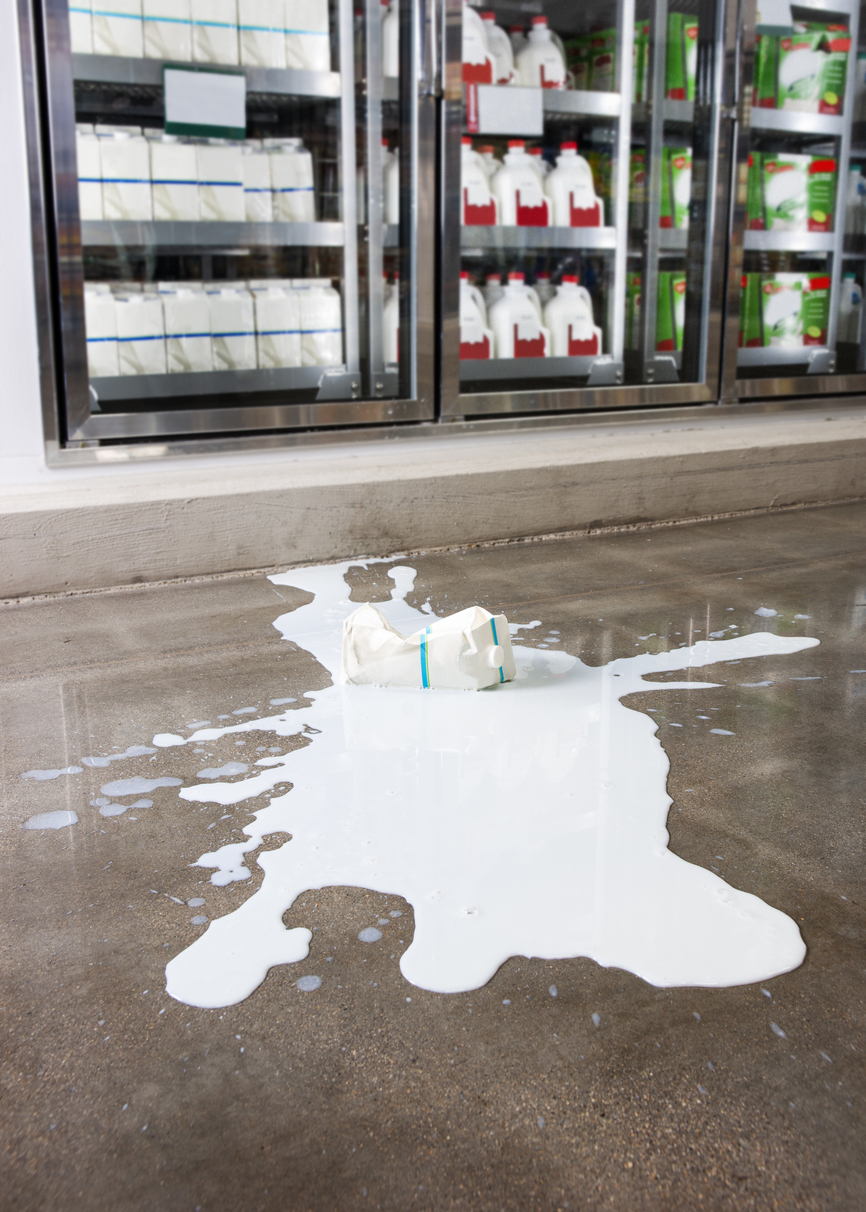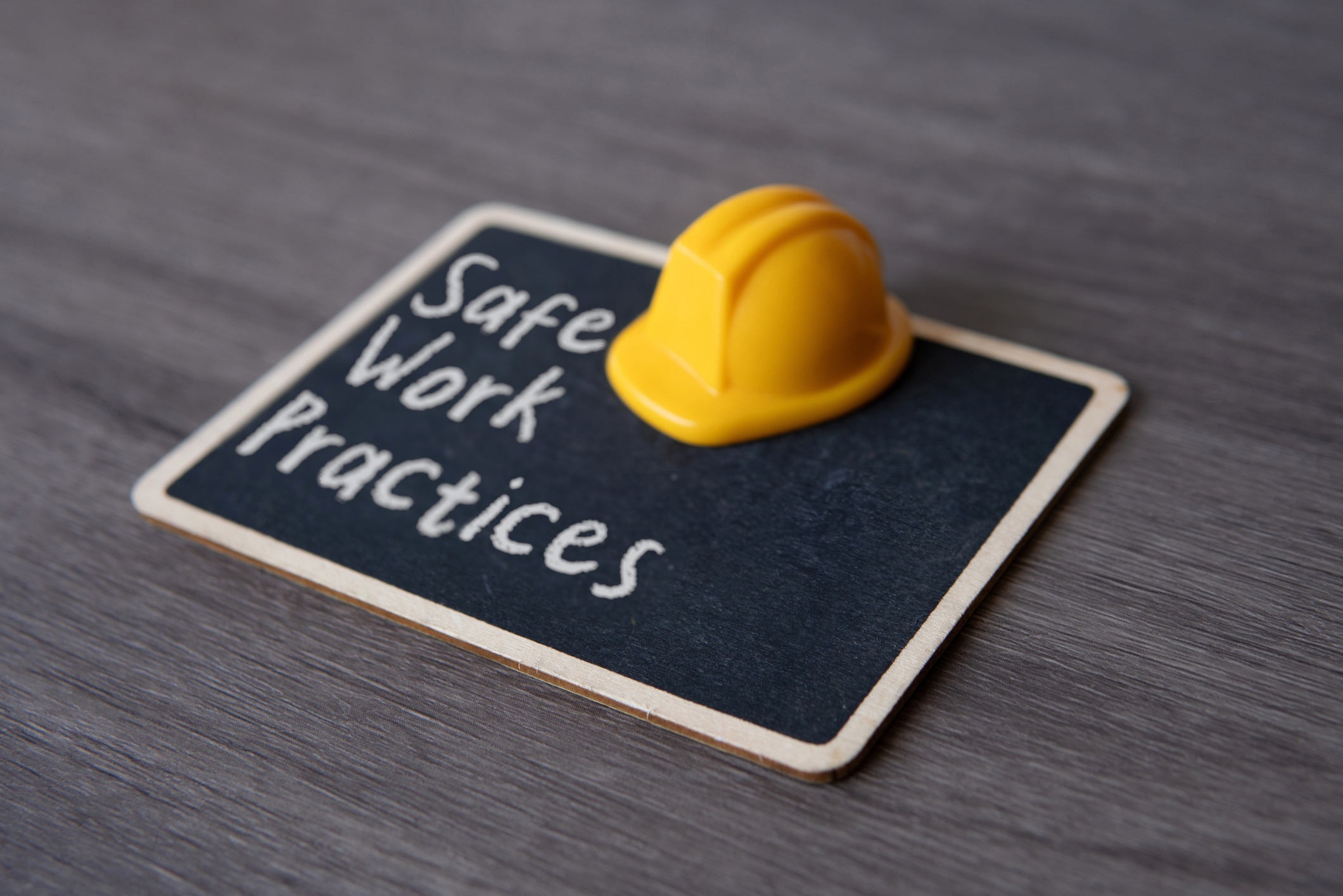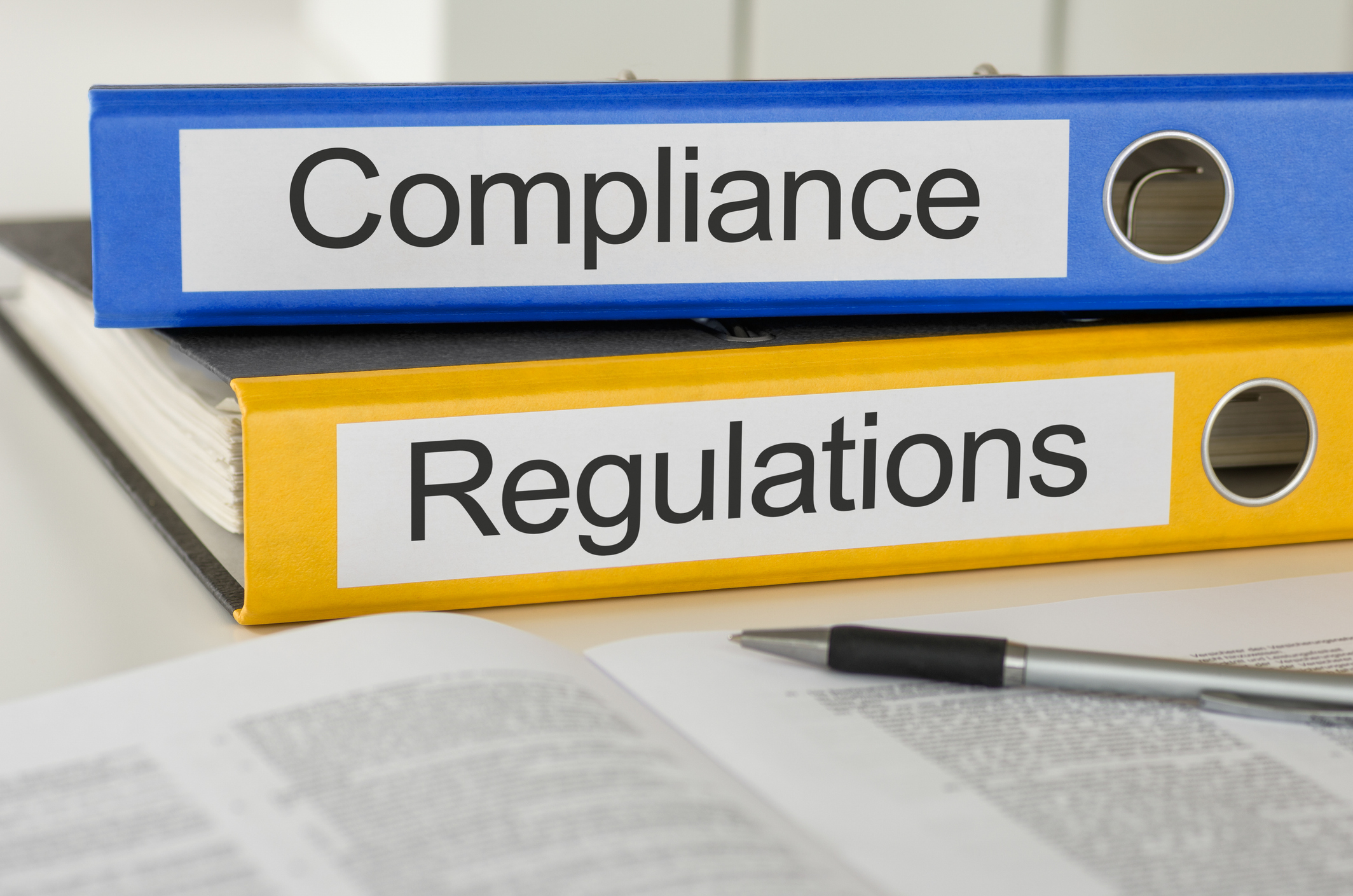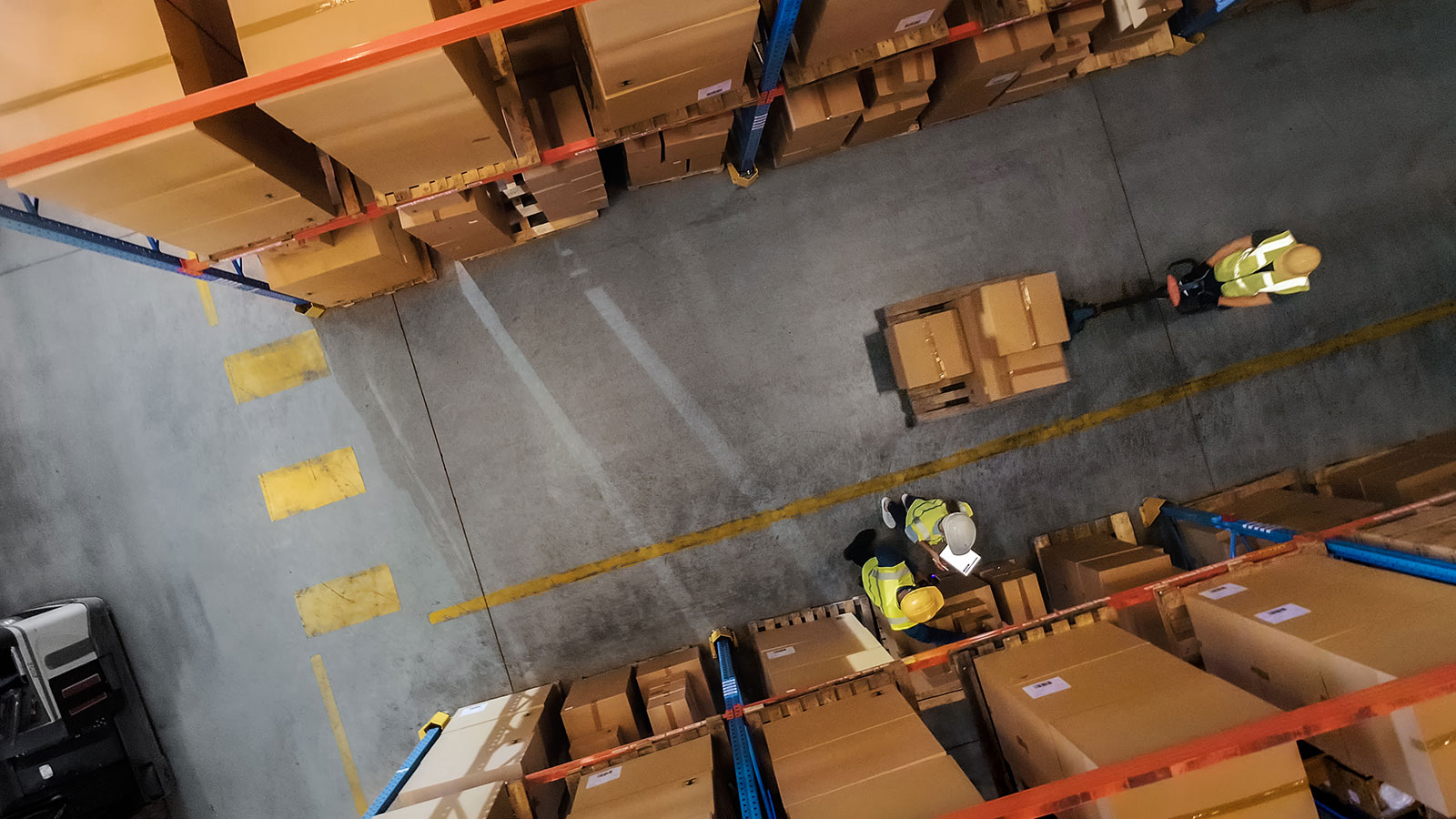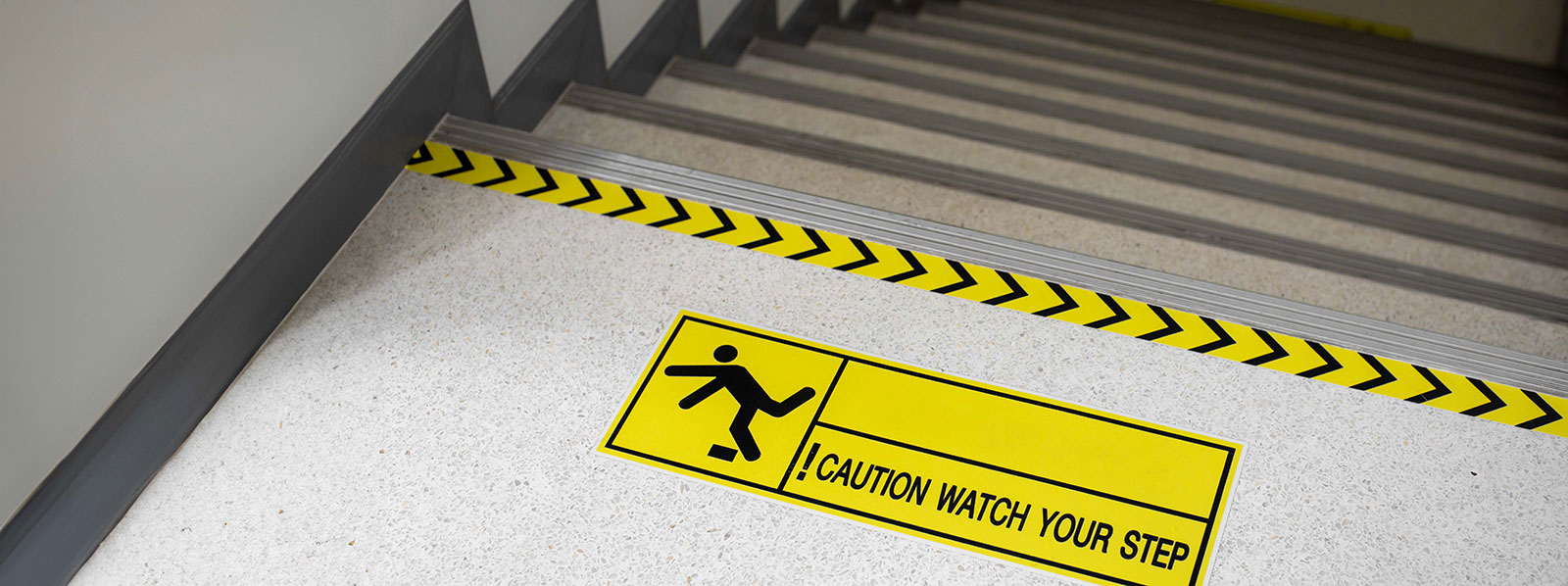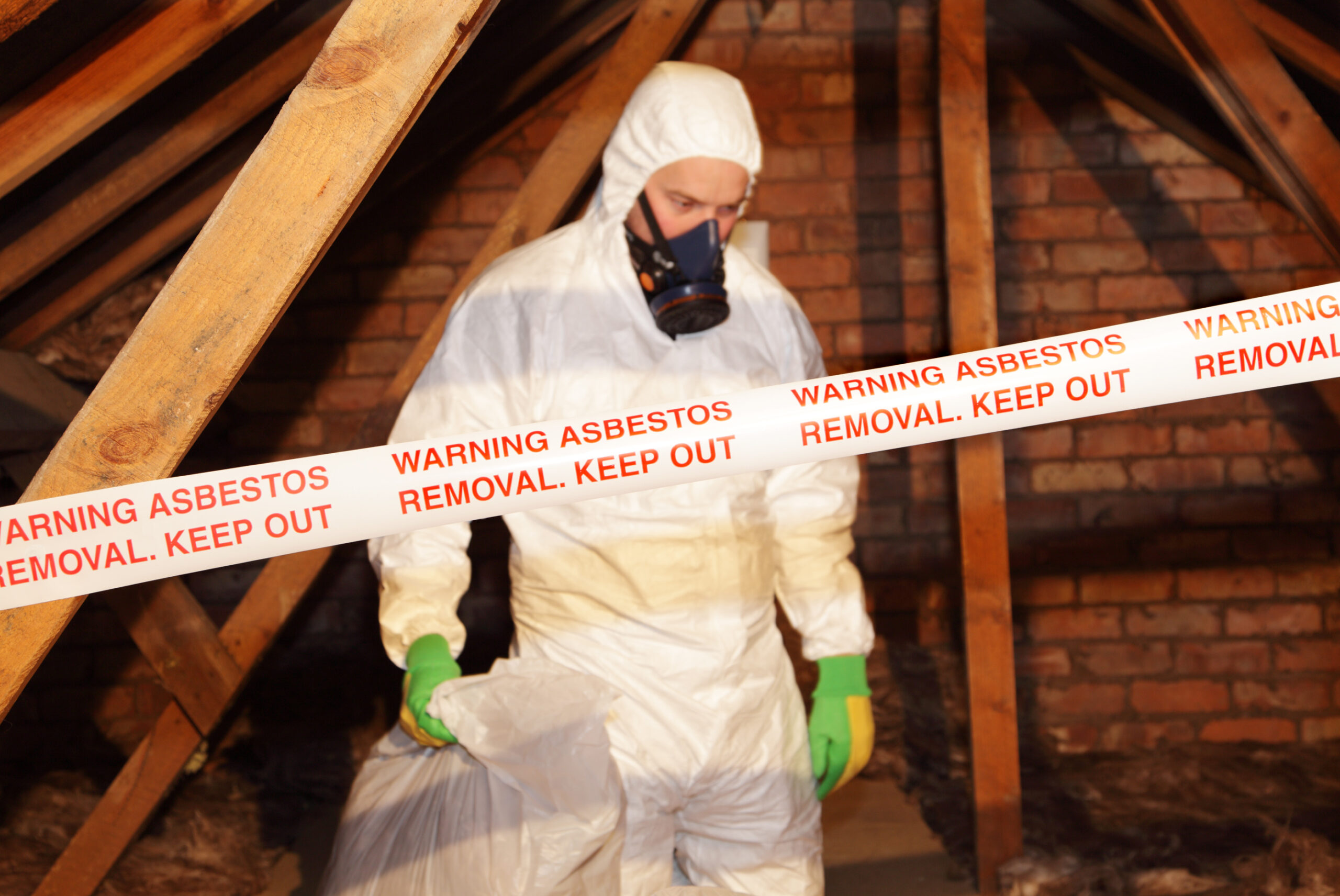
November marks Asbestos Awareness Week in Australia, a crucial time to reflect on the continuing dangers of asbestos exposure. Despite a nationwide ban on the use of asbestos in 2003, the substance continues to be responsible for thousands of deaths each year, with mesothelioma and other asbestos-related diseases claiming around 4,000 Australian lives annually.
Why Asbestos Awareness Week Matters?
Asbestos Awareness Week is an opportunity to remind Australians of the risks of asbestos exposure and the importance of safe management and removal practices. Many people are unaware of the dangers posed by asbestos in their homes and workplaces, particularly if they are undertaking DIY projects or renovations. It is crucial that Australians understand when and how to seek professional help.
The Risks of Asbestos Exposure:
Asbestos exposure occurs when the fibres from asbestos-containing materials are released into the air and inhaled. This can happen during home renovations, construction, demolition, or even simple repairs when the materials are disturbed.
Asbestos-related diseases can take decades to develop after exposure, which means many Australians today are still suffering from the legacy of their past contact with asbestos.
The latency period for diseases such as mesothelioma can range from 20 to 50 years, making it more difficult to connect the disease to its source.
Who Is at Risk:
Asbestos exposure can affect anyone, but certain groups are at higher risk. These include construction workers, especially those involved in the demolition or renovation of older buildings, and tradespeople like electricians, plumbers, and roofers who often work in buildings containing asbestos materials. Homeowners or DIY renovators working on properties built before 1987 are also at increased risk, as are miners and shipbuilders who were exposed to asbestos-containing materials in industries where the substance was widely used.
How to Protect Yourself:
Asbestos remains prevalent in many Australian homes and workplaces, making it essential to follow proper safety guidelines to minimise exposure risk. If you suspect asbestos is present, avoid disturbing the materials and seek help from licensed asbestos professionals for safe management and removal. Only licensed asbestos removalists should handle asbestos-containing materials, as DIY removal is both illegal and hazardous. In high-risk industries, workers must be trained in asbestos management and wear the appropriate Personal Protective Equipment (PPE) to ensure their safety.
Compliance:
It is crucial to follow your state’s guidelines for asbestos management to avoid legal complications and potential fines. Each state has specific regulations in place to ensure the safe handling, removal, and disposal of asbestos. Failing to comply with these rules not only puts health at risk but can also lead to serious legal consequences, including hefty fines and penalties. By adhering to your state’s regulations, you can ensure both safety and compliance, protecting yourself, your workers, and your property from unnecessary harm and legal trouble.
Conclusion:
While Australia made significant strides with the ban on asbestos in 2003, the fight against asbestos-related diseases continues. Asbestos Awareness Week serves as a timely reminder that we must remain vigilant about the risks of asbestos and take the necessary steps to protect ourselves and our families.
If you’re planning a renovation, or you work in a high-risk industry, ensure you are taking the proper precautions. Asbestos may be hidden in plain sight, but with the right knowledge and safety measures, we can prevent further harm from this deadly material.
Download a free support services document.

It includes available support services and resources for employees, such as counselling services, and peer support networks to access when needed.
Just fill out the form and we will email it to you.


